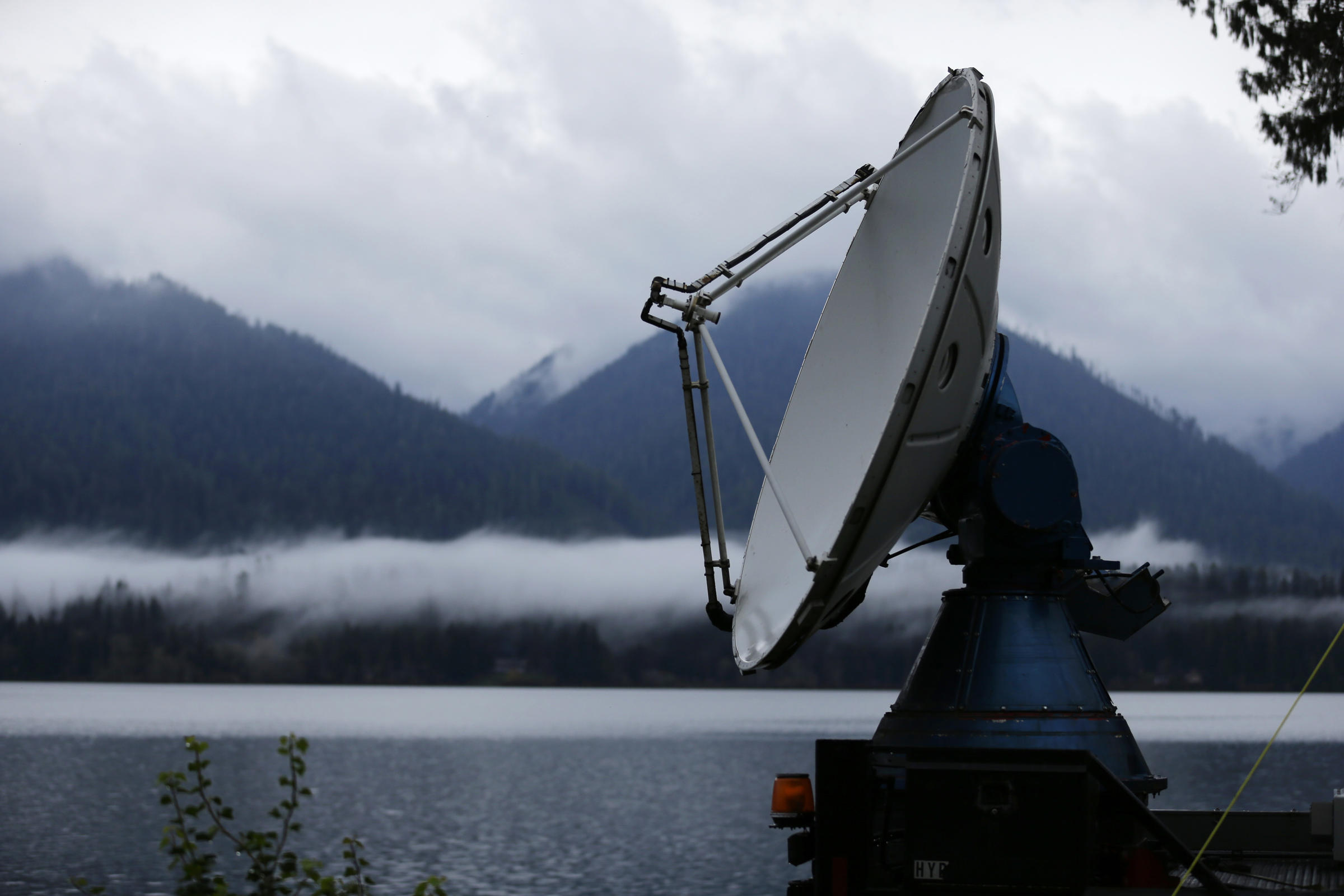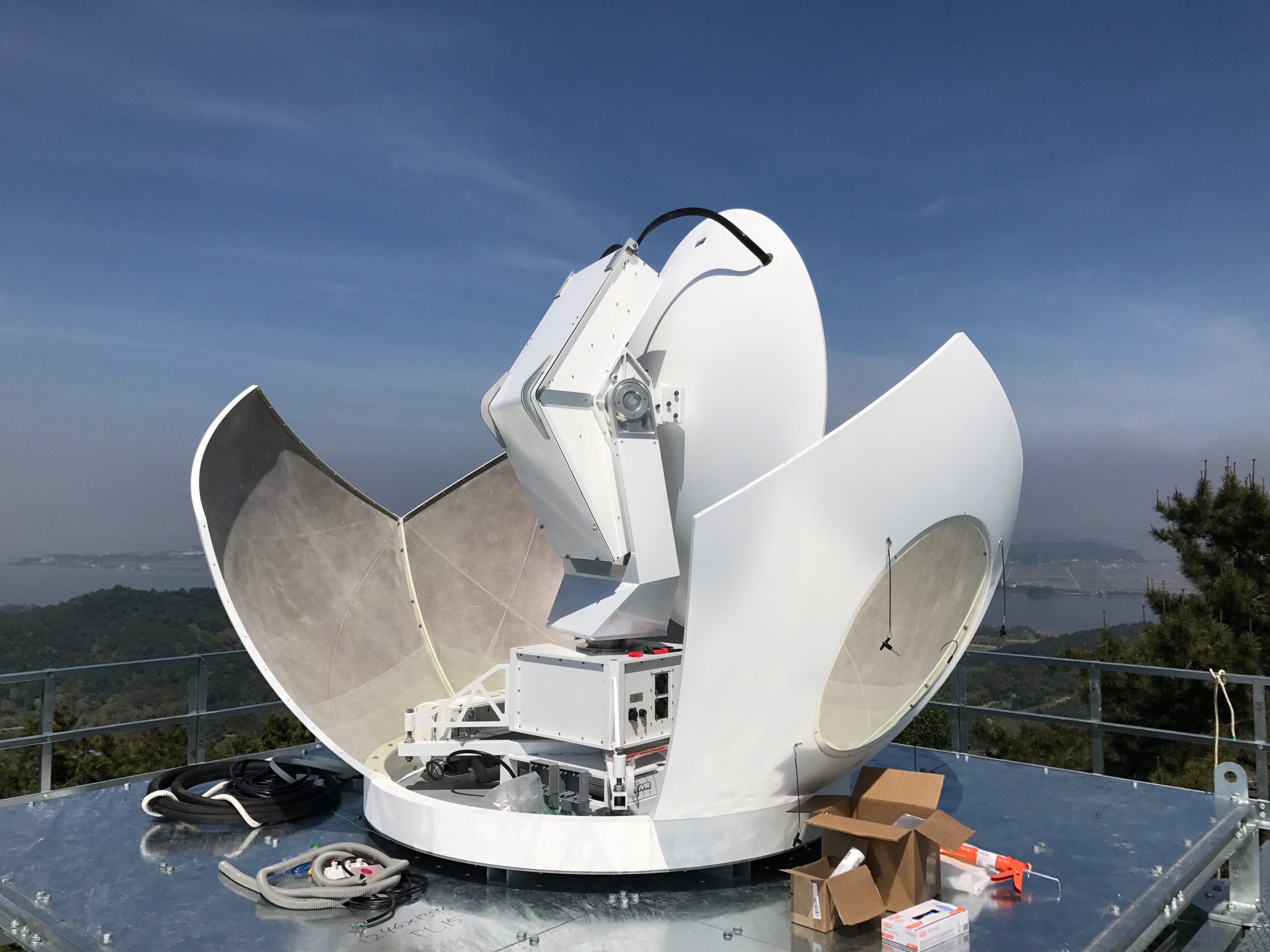Weather Radar Fundamentals

Weather radar is a technology that uses electromagnetic waves to detect precipitation and determine its motion and intensity. It plays a crucial role in weather forecasting, providing valuable information about the location, movement, and severity of storms, rain, snow, and other weather phenomena.
Weather radar, an indispensable tool for meteorologists, offers real-time insights into atmospheric conditions. When it comes to tracking hurricanes, the hurricane beryl tracker live provides invaluable information, allowing us to monitor the path and intensity of these powerful storms. By combining radar data with other weather observations, meteorologists can make informed predictions and issue timely warnings, helping to keep communities safe.
Weather radar systems emit pulses of radio waves into the atmosphere. When these pulses encounter precipitation particles, they are scattered in all directions. The radar receiver detects these scattered signals and measures their intensity and Doppler shift. The intensity of the signal is proportional to the amount of precipitation, while the Doppler shift provides information about the velocity of the precipitation particles.
Like an ethereal eye, the weather radar scans the skies, its electronic gaze penetrating the invisible currents. It whispers secrets of approaching storms, charting their path with precision. In the Atlantic’s embrace, tropical depression beryl swirls, its nascent fury detected by the radar’s vigilant gaze.
Yet, as the storm’s center passes, the radar’s focus returns to the wider expanse, its tireless vigil safeguarding us from nature’s unpredictable whims.
Types of Weather Radar Systems
There are two main types of weather radar systems:
- Doppler radar measures the velocity of precipitation particles in addition to their intensity. This information can be used to determine the direction and speed of storms, as well as to identify areas of rotation, which can indicate the presence of tornadoes or hurricanes.
- Non-Doppler radar only measures the intensity of precipitation. It is less expensive and easier to operate than Doppler radar, but it does not provide information about the velocity of precipitation particles.
Advantages and Limitations of Weather Radar
Weather radar has several advantages over other weather observation methods:
- Remote sensing: Weather radar can collect data from a large area, even in remote locations where there are no weather stations.
- Real-time data: Weather radar provides real-time data, which can be used to track the movement and evolution of storms.
- Quantitative data: Weather radar can provide quantitative data on precipitation intensity, which can be used to estimate rainfall amounts.
However, weather radar also has some limitations:
- Beam blockage: Terrain and buildings can block the radar beam, resulting in data gaps.
- Attenuation: Heavy precipitation can attenuate the radar beam, reducing the amount of data that can be collected.
- Clutter: Non-meteorological targets, such as birds and insects, can produce signals that can be mistaken for precipitation.
Weather Radar Data Analysis

Weather radar data provides valuable insights into precipitation patterns and the movement of weather systems. By analyzing this data, meteorologists can forecast severe weather events and issue timely warnings.
Identifying Precipitation Patterns
Weather radar data can be used to identify the type, intensity, and distribution of precipitation. Different colors on the radar display represent different precipitation intensities, with green indicating light precipitation and red indicating heavy precipitation. The shape and size of the radar echoes can also provide information about the type of precipitation, such as rain, snow, or hail.
Tracking the Movement of Weather Systems, Weather radar
Weather radar data can be used to track the movement of weather systems, such as storms and fronts. By observing the direction and speed of the radar echoes, meteorologists can predict the path of the weather system and issue warnings for affected areas.
Forecasting Severe Weather Events
Weather radar data is essential for forecasting severe weather events, such as tornadoes, hurricanes, and thunderstorms. By analyzing the radar data, meteorologists can identify the characteristics of these storms and issue timely warnings. For example, a hook echo on radar is a sign of a possible tornado, while a large, rotating thunderstorm may indicate a hurricane.
Weather Radar Applications
Weather radar has revolutionized the field of meteorology and has numerous applications in aviation, hydrology, and other fields. It provides valuable information about the structure, movement, and intensity of precipitation, helping us to better understand and predict weather patterns.
Meteorology
- Weather Forecasting: Weather radar data is used to create accurate weather forecasts by tracking the movement and development of weather systems. It helps meteorologists identify potential storms, predict their paths, and issue timely warnings.
- Nowcasting: Weather radar is crucial for nowcasting, which involves predicting weather conditions over the next few hours. It provides real-time information about precipitation, allowing meteorologists to issue short-term forecasts and warnings for severe weather events.
- Climate Monitoring: Weather radar data contributes to climate monitoring and research by providing long-term records of precipitation patterns. This information helps scientists study climate variability and trends, and assess the impact of climate change.
Aviation
- Flight Planning: Weather radar data is essential for flight planning, as it helps pilots identify and avoid hazardous weather conditions such as thunderstorms, turbulence, and icing. It enables them to make informed decisions about flight routes and altitudes, ensuring the safety of passengers and crew.
- Air Traffic Management: Weather radar is used by air traffic controllers to manage air traffic and optimize airspace utilization. It provides information about weather conditions along flight paths, allowing controllers to reroute flights away from areas of severe weather.
- Airport Operations: Weather radar is crucial for airport operations, as it helps monitor weather conditions around airports and provides timely warnings of potential hazards such as fog, wind shear, and icing. This information is essential for ensuring safe takeoffs and landings.
Other Fields
- Hydrology: Weather radar data is used in hydrology to monitor precipitation patterns and estimate rainfall amounts. This information is valuable for managing water resources, predicting floods, and designing flood control systems.
- Agriculture: Weather radar data is used in agriculture to monitor crop growth and predict weather conditions that may affect crop yields. It helps farmers make informed decisions about irrigation, fertilization, and pest control.
- Military: Weather radar is used by the military for a variety of purposes, including weather forecasting, target tracking, and battlefield surveillance. It provides valuable information about weather conditions that may affect military operations.